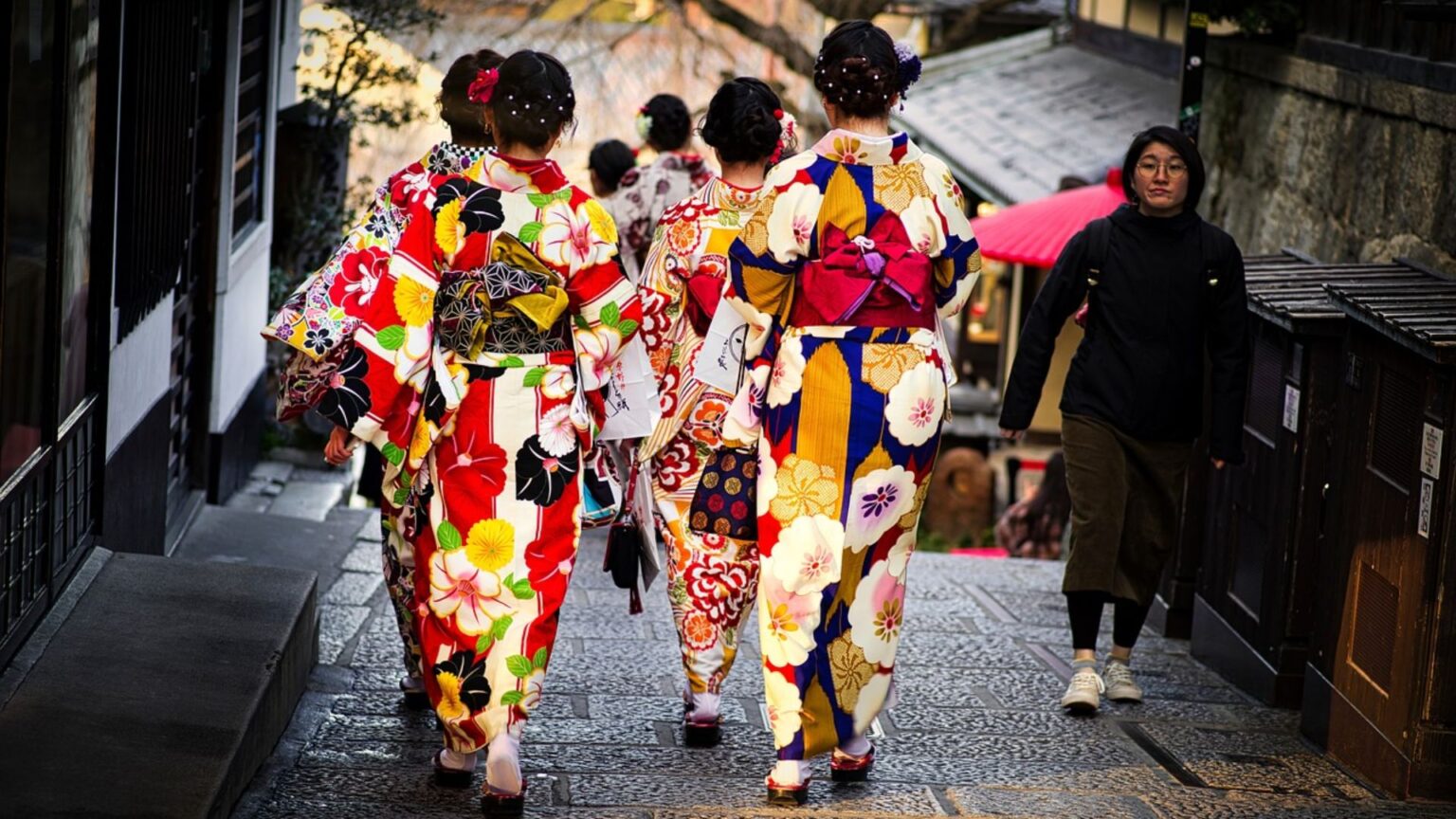The kimono is one of Japan’s most iconic garments, instantly recognizable for its graceful lines, wide sleeves, and rich fabrics. But beyond its beauty, the kimono carries centuries of cultural significance—and today, it’s experiencing a thoughtful revival that blends tradition with modern style.
The word kimono simply means “thing to wear,” but its roots go back over a thousand years. During the Heian period (794–1185), kimonos became an everyday staple for both men and women, with styles and layers that reflected a person’s status, season, or even political leanings. Over the centuries, the kimono evolved into more formal and symbolic attire, often worn for weddings, tea ceremonies, and festivals. Each pattern and color held meaning—cherry blossoms for fleeting beauty, cranes for long life, and waves for resilience.
By the 20th century, Western-style clothing became more common in daily life, and the kimono slowly faded from everyday use. But it never disappeared. Instead, it remained rooted in Japanese identity, brought out on special occasions and carefully passed down through generations.
Today, there’s a growing movement in Japan and beyond to celebrate the kimono once again—not as a museum piece, but as living fashion. Young designers are reimagining the garment with fresh fabrics, bold prints, and contemporary styling. Vintage kimono shops are popping up in Tokyo and Kyoto, where locals and travelers alike can pick up secondhand pieces and learn how to wear them with pride.
In cities like Kyoto, you can even rent a kimono for the day—perfect for strolling through temples or snapping photos beneath the cherry blossoms. Many places offer guidance on how to dress properly, respecting the layers and traditions behind the look. For travelers, it’s not just a photo opportunity—it’s a way to connect with Japan’s living heritage.
The kimono’s revival reflects a broader interest in honoring craftsmanship, sustainability, and cultural identity. Each handmade garment is a work of art, stitched with care and history.
So if you’re heading to Japan, don’t miss the chance to learn about the kimono’s past—and maybe even wear one yourself. It’s a beautiful reminder that history doesn’t have to stay in the past. Sometimes, it walks beside us, stitched in silk and worn with pride.




